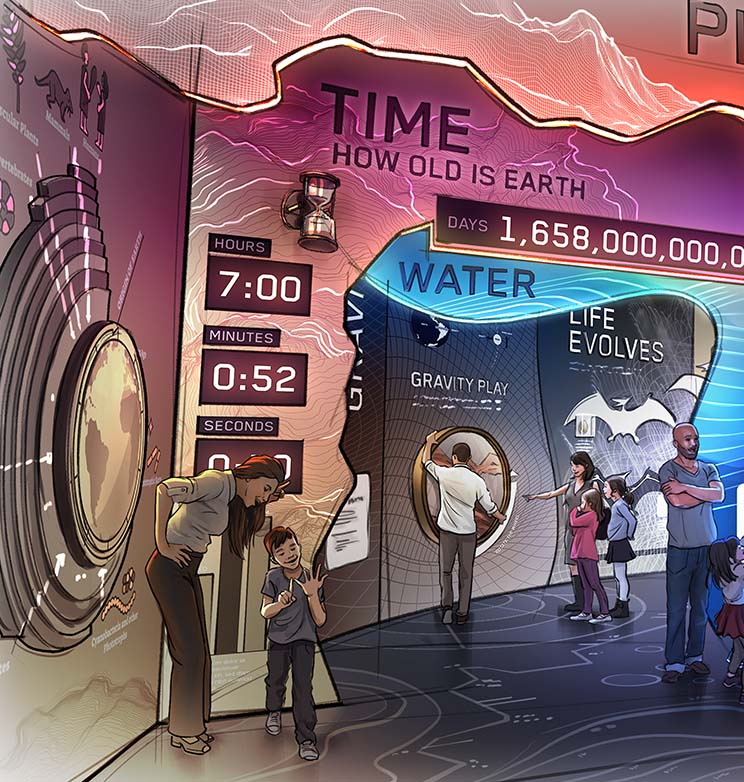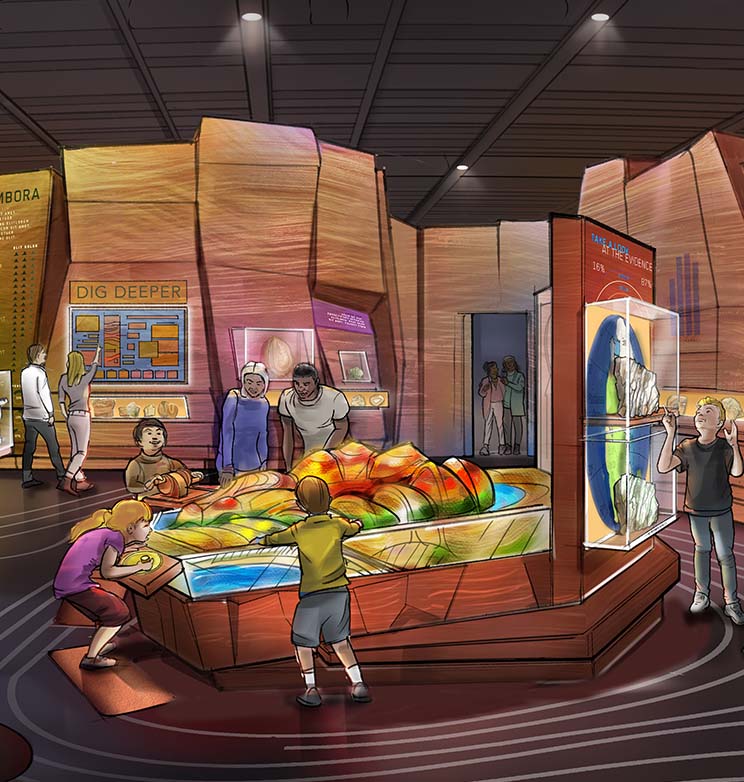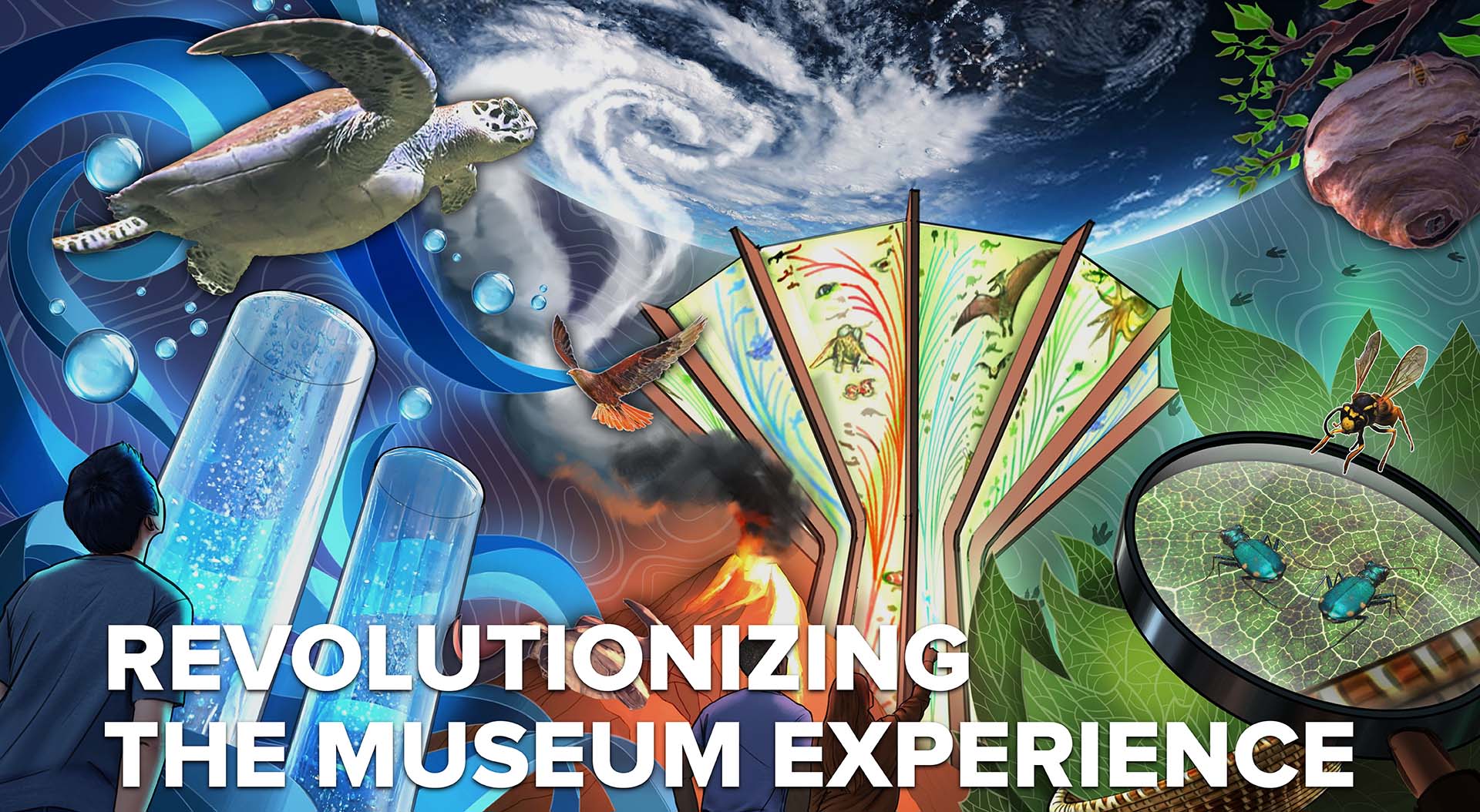
Fernbank will unveil new museum exhibits and learning galleries to revolutionize the guest experience. The project, supported by a $27 million fundraising campaign, continues Fernbank’s commitment to redefine how audiences engage with museums now and in the future.
Fernbank plans to open the new museum experiences in phases over the next two years. Our Place in the Cosmos is expected to open in late 2025, the Orkin Discovery Zone is anticipated to open in 2026, and Changing Earth is anticipated to open in 2027, alongside the new temporary gallery and expanded accessibility.
Support includes major gifts from The Gary W. Rollins Foundation, the Lettie Pate Evans Foundation and more than 80 other funders.
We invite your support to help make more programs associated with these exciting new experiences possible.
Scope of Project
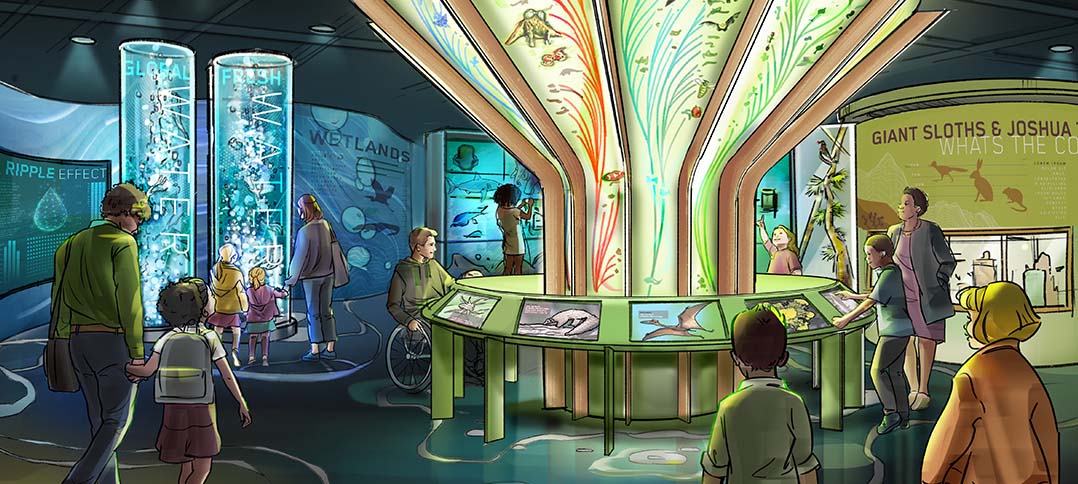
CHANGING EARTH
Changing Earth will showcase our planet and its interrelated, dynamic systems. Real specimens, touchable objects, interactive opportunities, immersive features and sophisticated technology combine to offer a unique exhibit experience.
Celebrating the awe and wonder of the natural world, the museum’s largest permanent exhibit will include the opportunity to move earth’s plates using a “Tectonic Dashboard,” explore biodiversity with a “Tree of Life” interactive and engage in an immersive media experience, where the interconnectedness of our planet and the life it supports beautifully and dramatically unfolds over time.
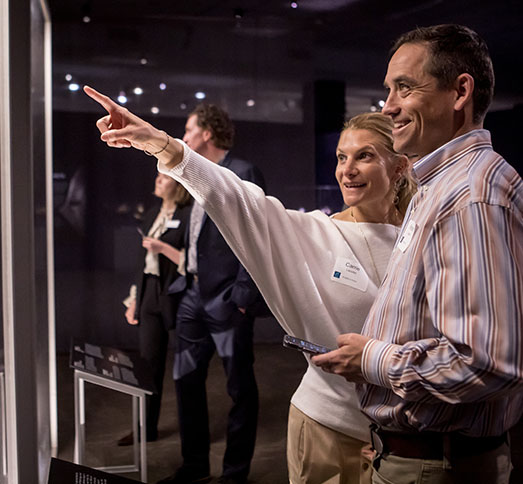
ADDITIONAL TEMPORARY GALLERY
A new temporary gallery adjacent to Changing Earth will allow the museum to curate temporary displays and feature travelling exhibits to delve deeper into natural history themes.
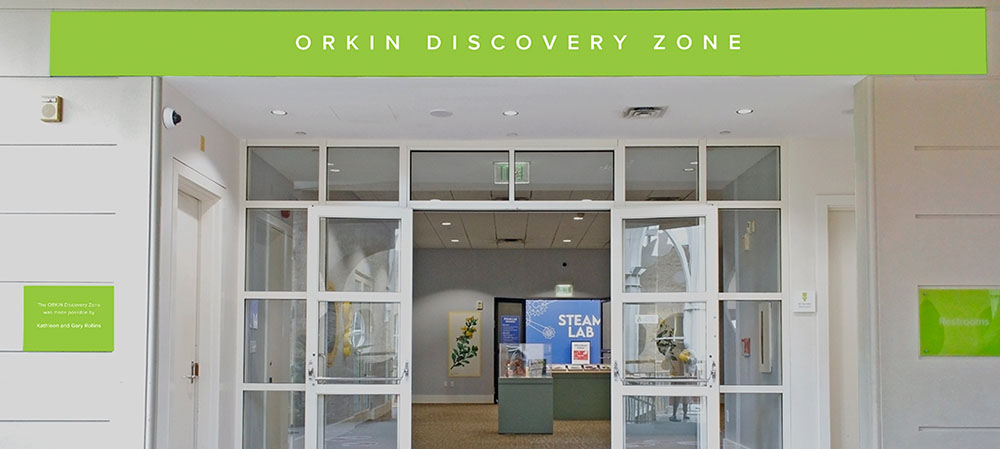
ORKIN DISCOVERY ZONE
A new Orkin Discovery Zone will feature a hands-on, active learning environment on the museum’s third floor. All ages will step into the role of a scientist and hone their observation skills while they explore authentic objects, live animals and interactives. As they explore, guests will learn about biodiversity, classification, communication and more.
Highlights include the opportunity to peer through scopes highlighting discoveries in WildWoods, see examples of biodiversity through real specimens, observe live animals in terrariums, and build a bug using a spinning activity that combines the traits of different insects.
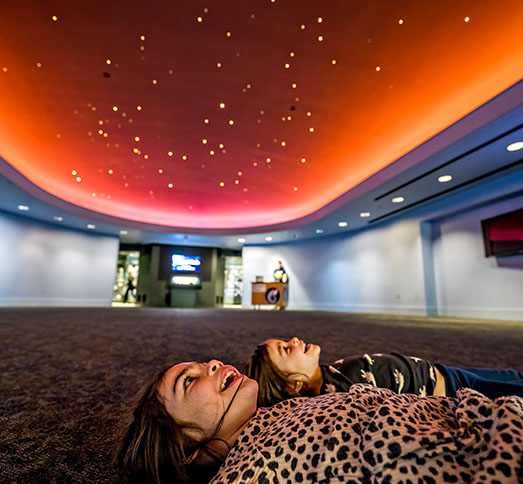
OUR PLACE IN THE COSMOS
The Star Gallery, which features a fiber optic ceiling mapping the stars and constellations of the evening Georgia sky, will see a transformation with expanded content about the solar system and origins of our universe as well as cinematic media.
CHECK BACK FOR MORE UPDATES!
The Star Gallery, featuring Our Place in the Cosmos opened on Dec. 6, 2025.


